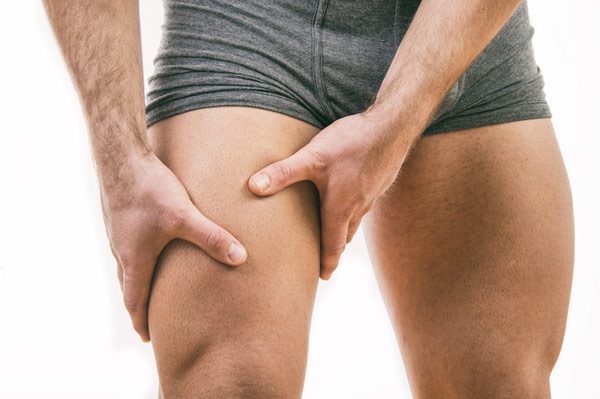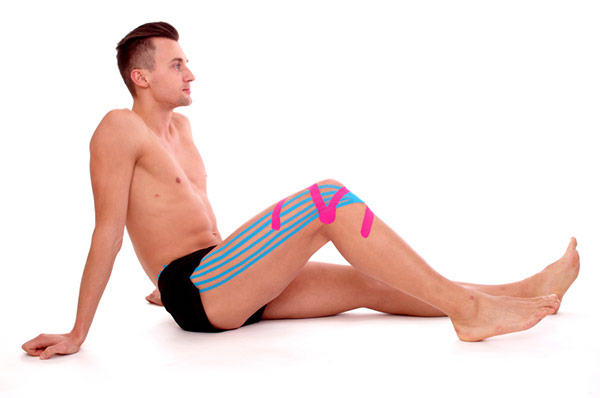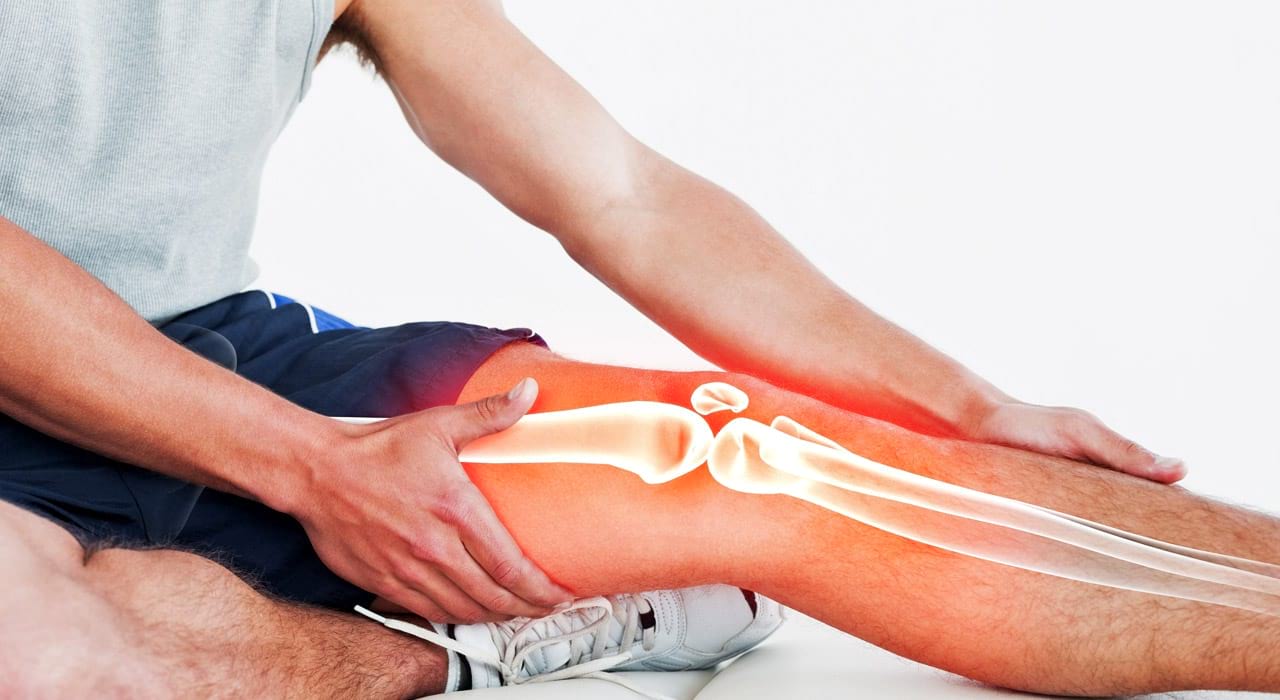The quadriceps are the most important muscles in the legs. They do a lot of work and are responsible for much of our speed and explosive work. This makes them particularly vulnerable to injury and tears if they’re not properly prepared. Here’s TRAIN’s easy-to-follow guide on how to look after them and prevent a quad injury:
What are the symptoms?
- Pain when flexing, stretching or using the thigh muscles to move
- Muscle spasms
- Swelling
- Bruising on the front of thigh if blood vessels are broken
- Loss of leg strength
- Crackling sensation when you push your fingers into thigh

Initial treatment for a quad injury
If you do manage to injure your quad, depending on the severity, these two steps can help. Of course, the treatment for a torn quadricep will be different to a pulled muscle injury. These two steps certainly won’t fix a muscle tear (though they may help facilitate its recovery once you’ve been to the correct specialist for treatment of your injury)
- Apply ice or cold packs for 15–20 minutes, three to four times a day for the first 48–72 hours.
- Apply moist heat after the first 48–72 hours for 15–20 minutes, three to four times a day.
Who is at risk?
Athletes who need a burst of speed are at the highest risk of quad injury. This includes runners, sprinters, hurdlers, jumpers and basketball players. Football, rugby and lacrosse players are also at high risk. Any athlete with a previous quadriceps injury is also more likely to suffer the same again.

Preventative exercises
There are a few exercises that you can include pre and post-workout to lessen the chances of a quad injury. Ensuring that you include the foam roller and wall squat exercises in your warm-up pre-workout and the stretches post-workout, means your quads are more likely to be working optimally without being impeded by tension.
Standing quad stretch:
Bring leg up to buttock and hold foot against backside. Hold for 20–30 seconds.
Kneeling quad/hip flexors stretch:
While kneeling, bring right knee in front of body and extend the other leg out behind. Gently, shift weight forward until you feel a stretch in hip. Hold for 10–15 seconds.
Quads foam roller myfascial release:
Lie on top of foam roller. Move body using arms so you work your thighs between knee and hip.
Wall squat:
Press Swiss ball into wall with back, slide to squat, hold as long as you can.
For more articles on preventing or treating a quad injury, nutrition tips, interviews and training advice, get TRAIN magazine direct into your inbox every month for free by signing up to our newsletter







